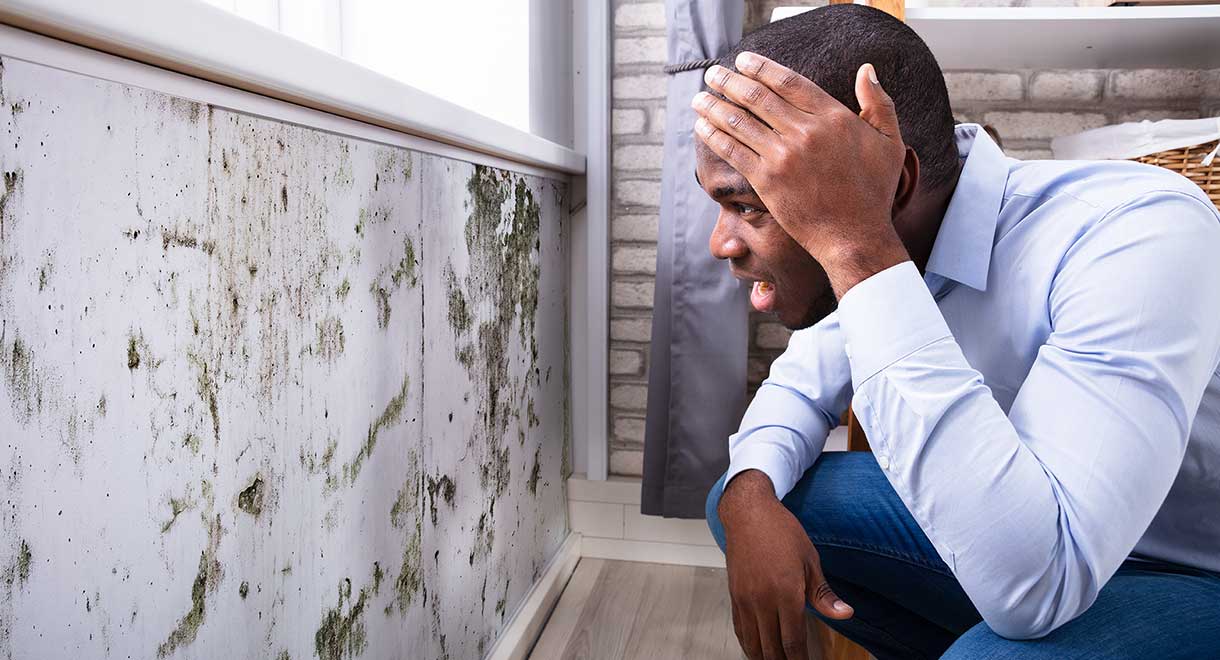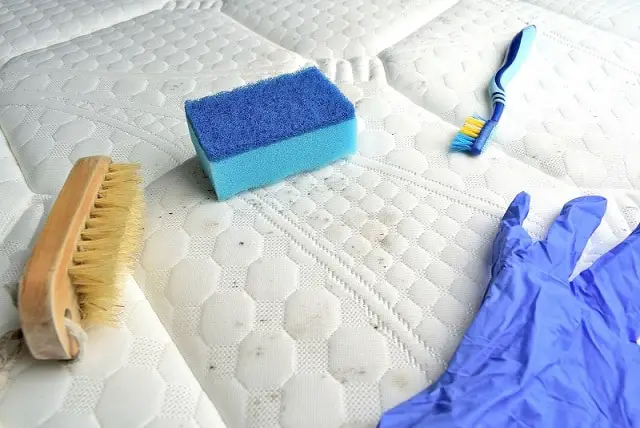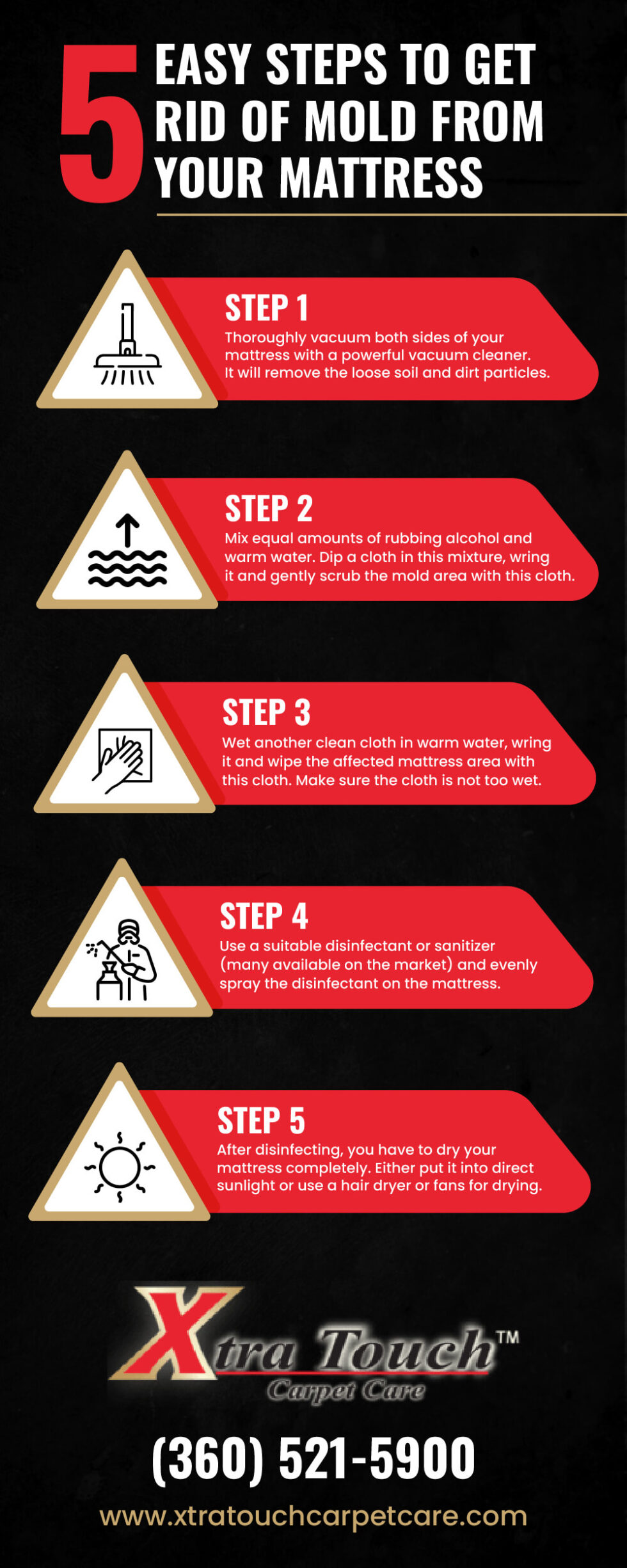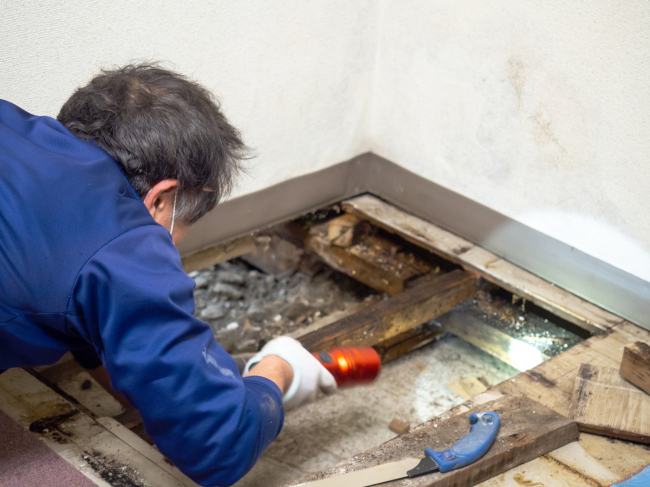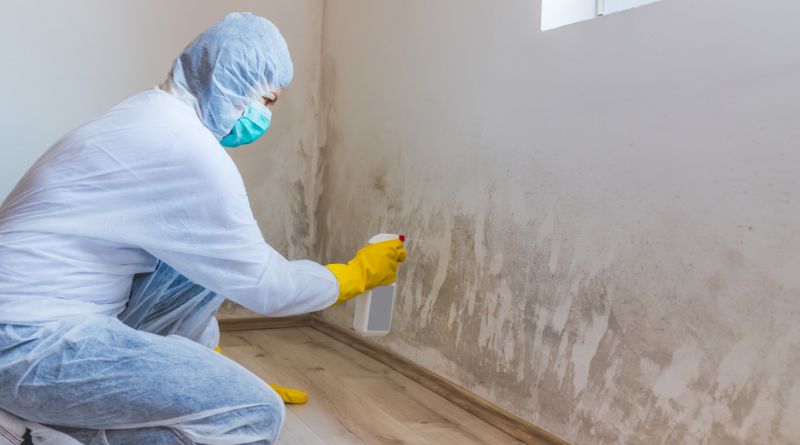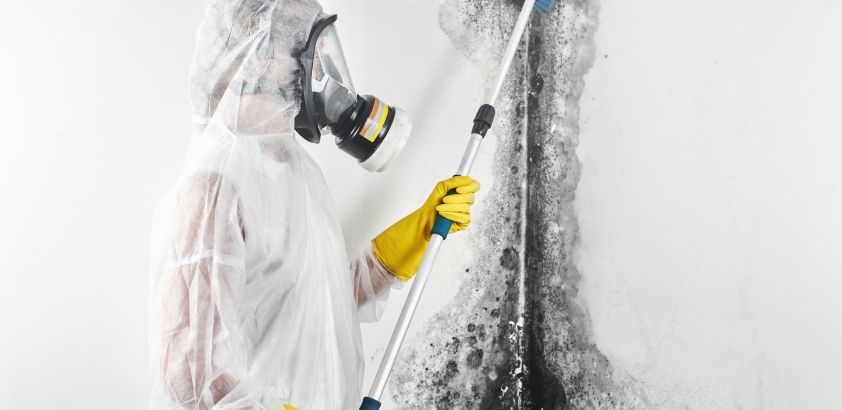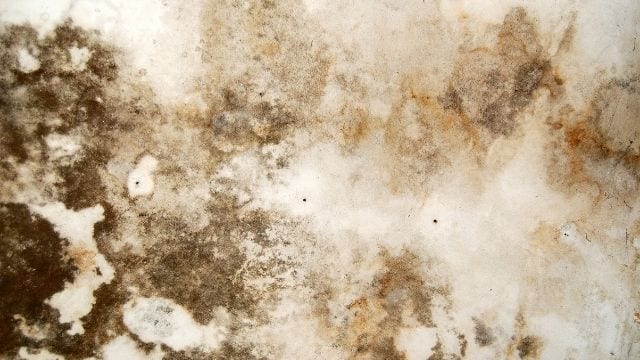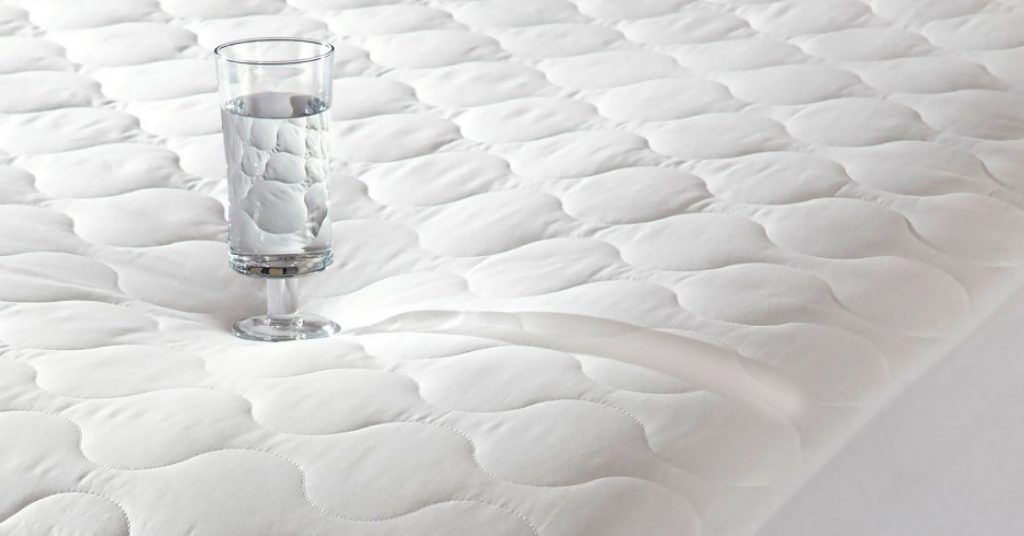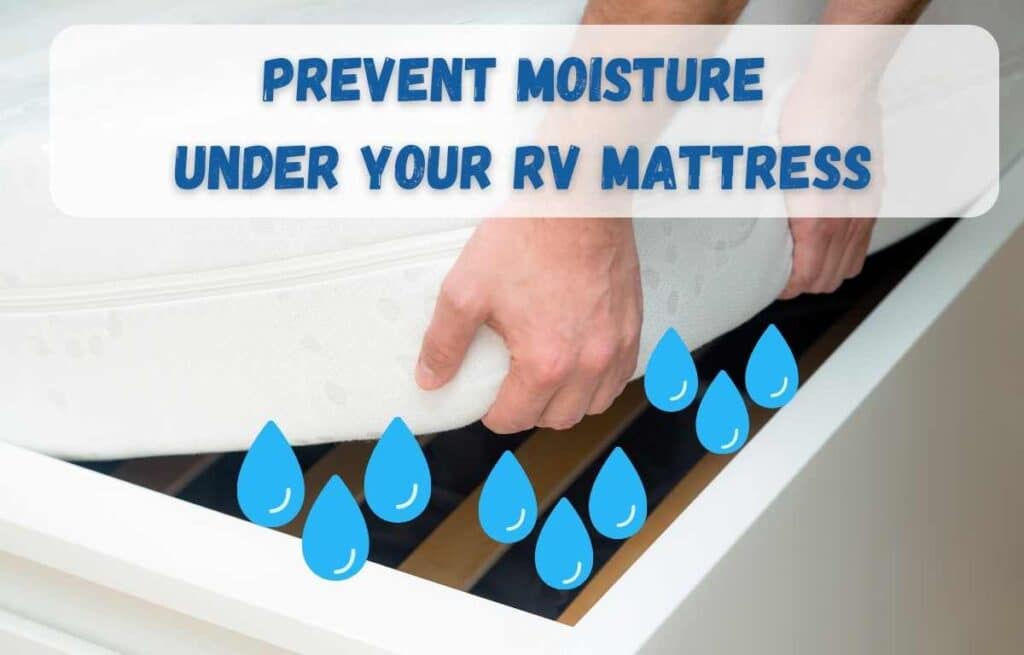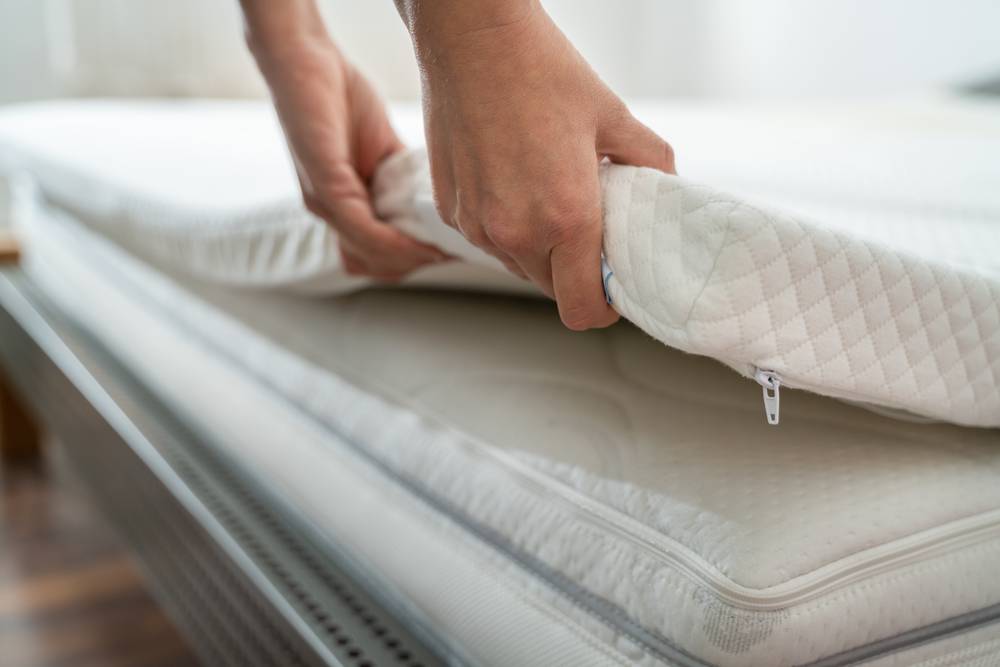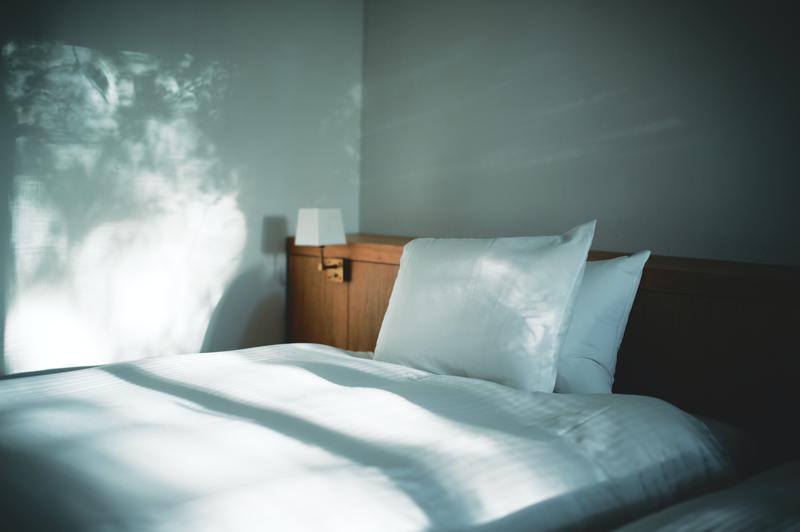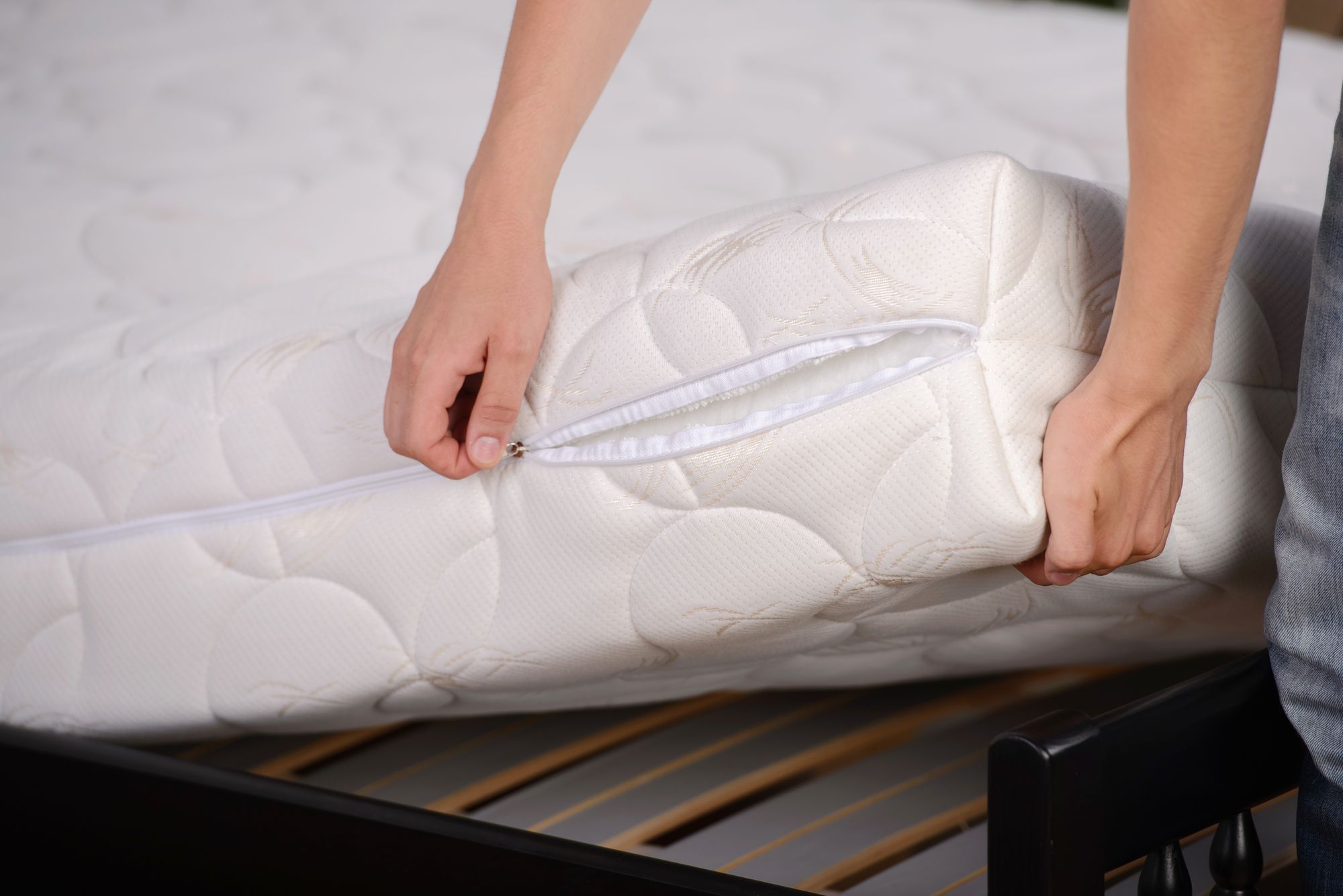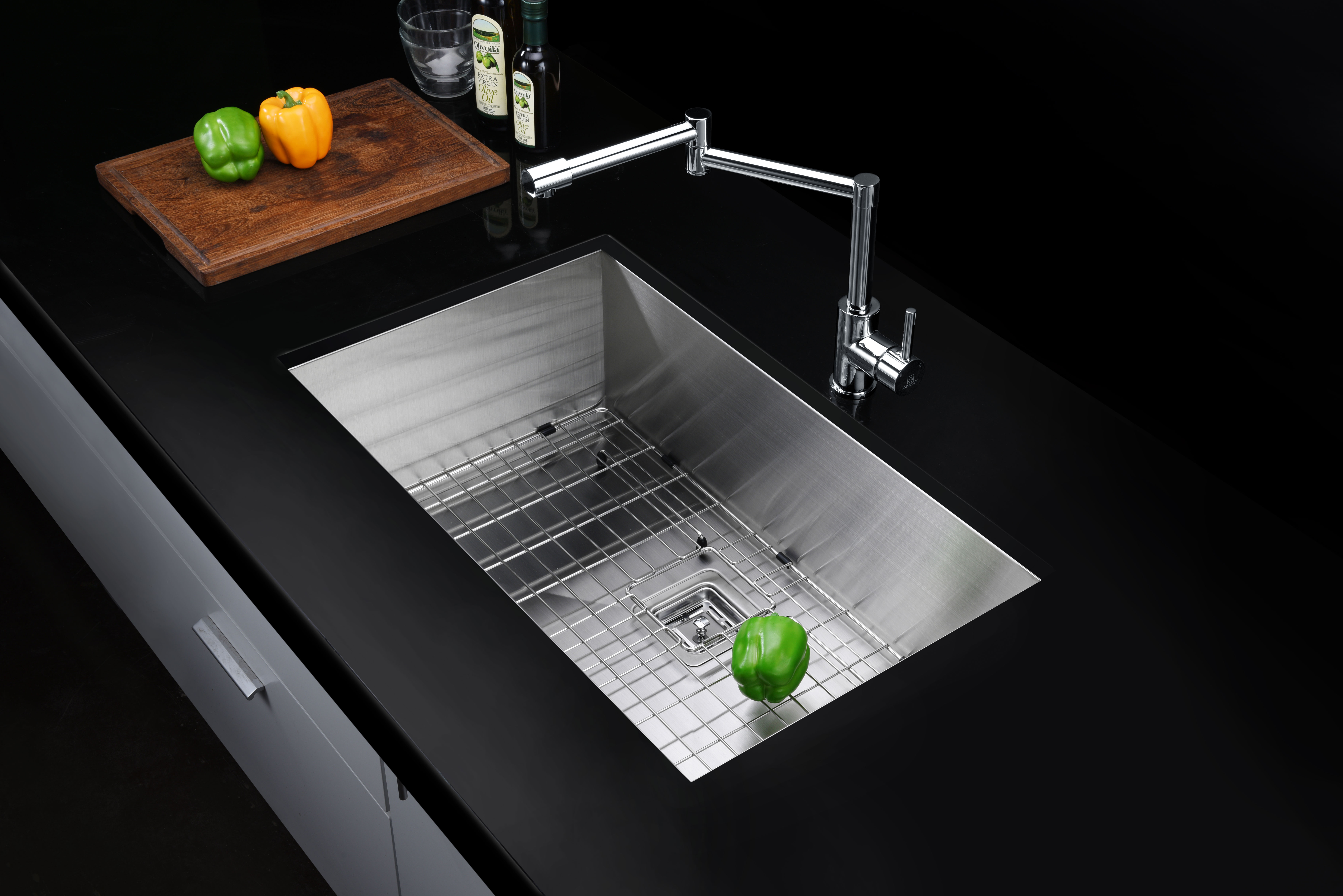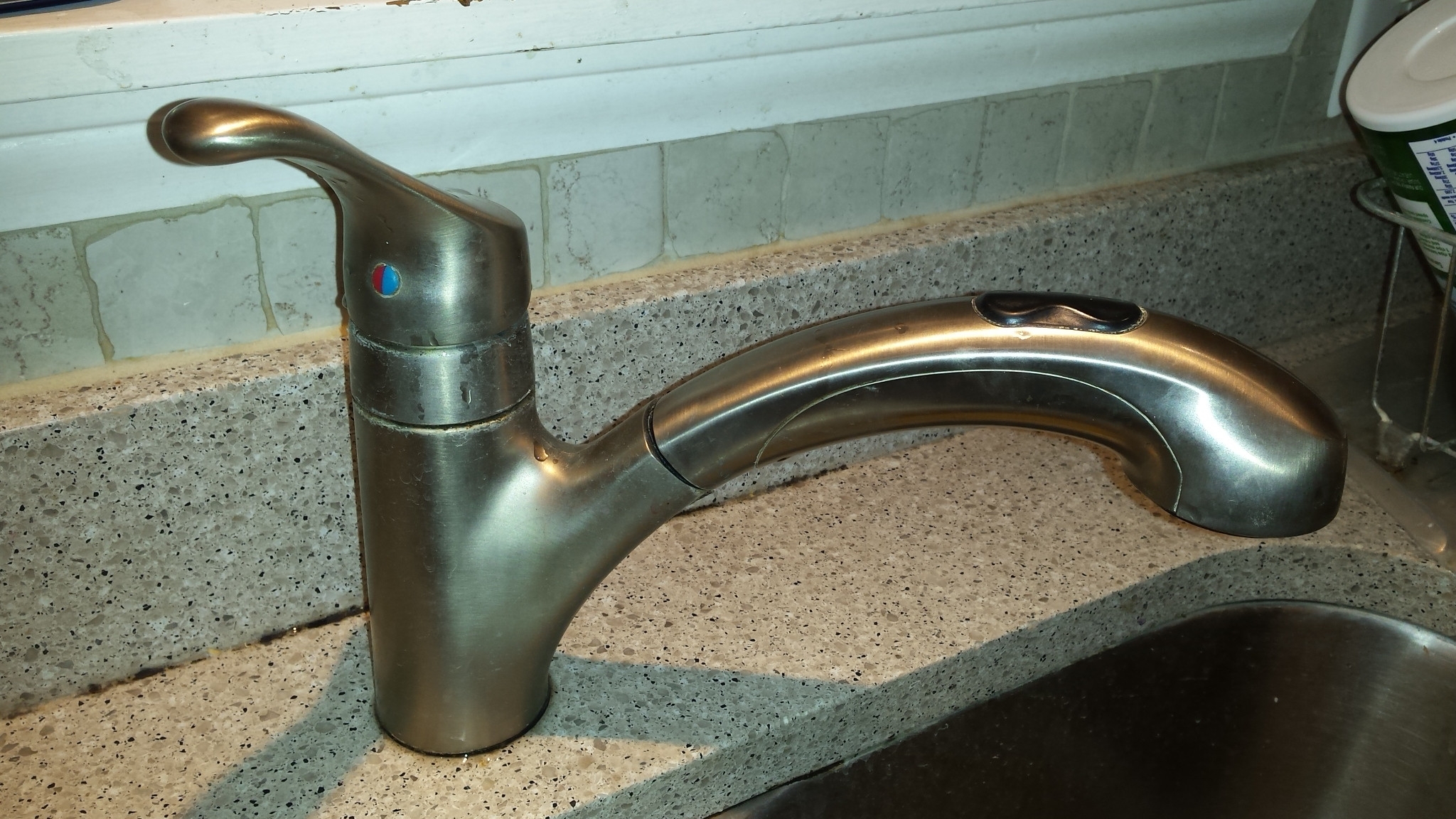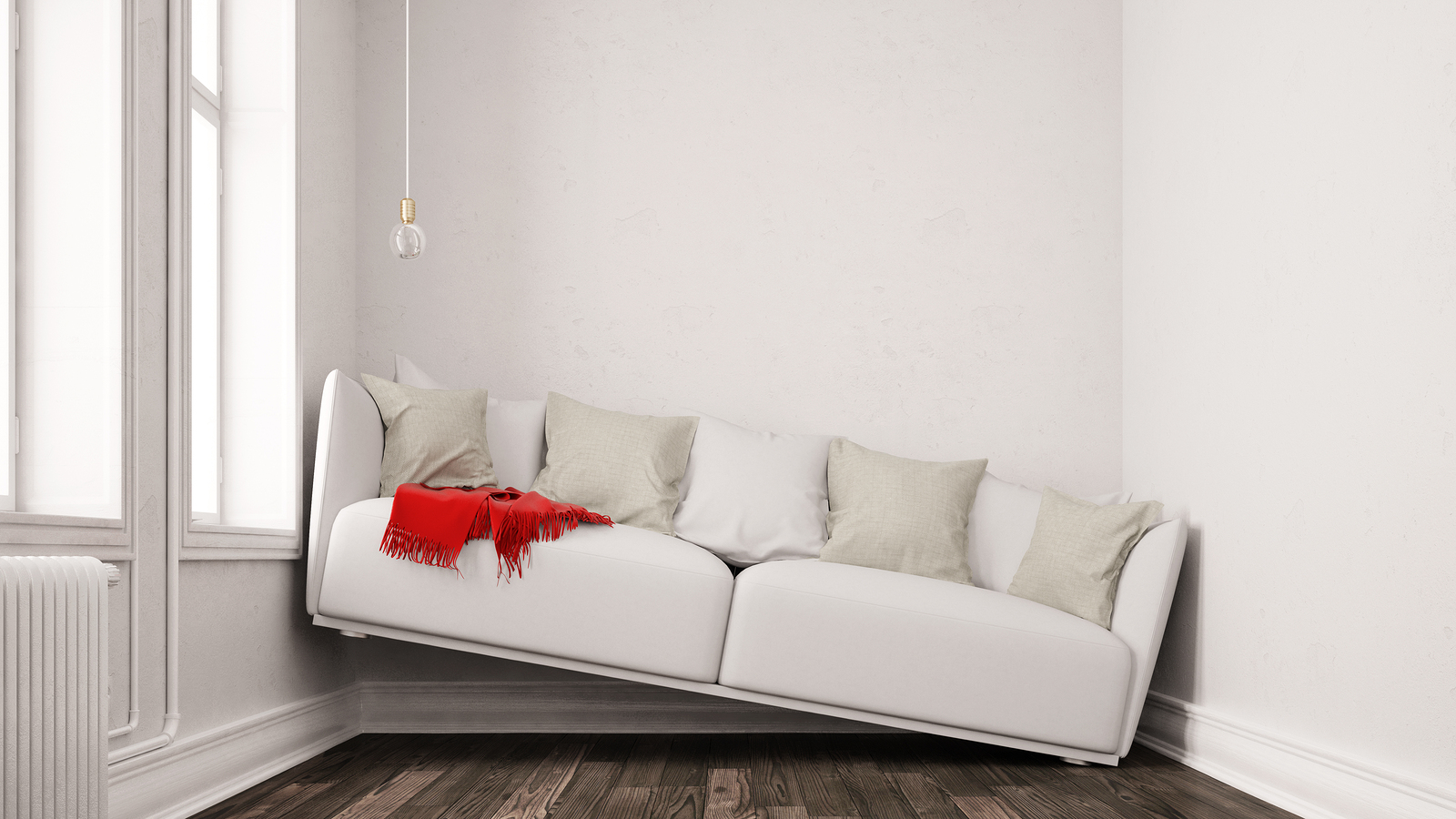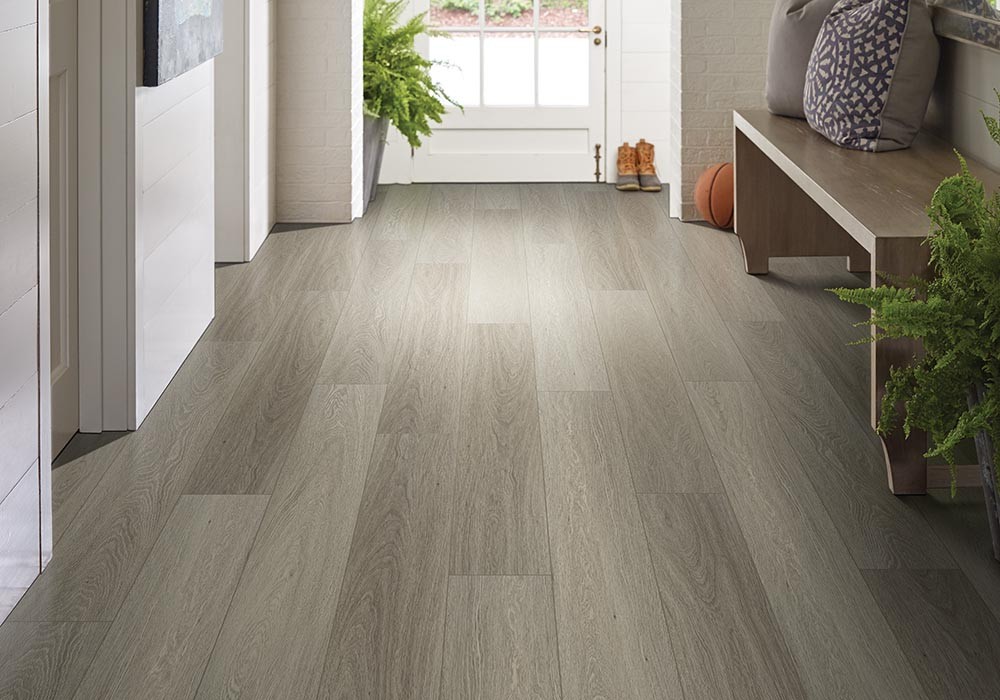Mold can be a major concern when it comes to your mattress pad. Not only can it cause unpleasant odors and stains, but it can also pose serious health risks. If you have discovered mold on your mattress pad, don't panic. With the right techniques and products, you can easily remove the mold and prevent it from coming back. Follow these steps to effectively remove mold from your mattress pad.How to Remove Mold from a Mattress Pad
If you have noticed mold on your mattress pad, the first step is to thoroughly clean it. Start by removing the mattress pad from your mattress and taking it outside. Use a vacuum cleaner to remove any loose mold spores and debris from the surface of the mattress pad. Then, mix equal parts of white vinegar and water in a spray bottle and generously spray it over the affected area. Let it sit for 15 minutes, then use a clean cloth to scrub the mold away. Rinse the area with water and allow it to dry completely before placing the mattress pad back on your mattress.How to Clean a Moldy Mattress Pad
If you prefer to use natural and homemade solutions to remove mold from your mattress pad, there are a few options you can try. One method is to mix baking soda with water to create a paste, then apply it to the moldy area. Let it sit for a few hours, then scrub it off with a cloth and rinse with water. You can also use a mixture of hydrogen peroxide and water in a spray bottle to kill mold spores. Just be sure to test these solutions on a small, inconspicuous area of the mattress pad first before using it on the entire affected area.DIY Mold Removal for Mattress Pads
If you prefer to use commercial products to remove mold from your mattress pad, there are several options available. Look for products specifically designed for mold and mildew removal, such as mold and mildew cleaner or mold stain remover. These products often contain powerful ingredients that can effectively remove mold and prevent it from coming back.Best Products for Removing Mold from Mattress Pads
The best way to deal with mold on your mattress pad is to prevent it from growing in the first place. To do this, always make sure your mattress pad is completely dry before placing it back on your mattress. If your mattress pad gets wet, remove it from your mattress and dry it thoroughly before putting it back on. You can also use a mattress protector to protect your mattress pad from moisture and spills.Preventing Mold Growth on Mattress Pads
If you suspect that your mattress pad may have mold, there are a few signs you can look out for. These include dark spots or stains on the surface of the mattress pad, a musty or unpleasant odor, and visible mold growth. If you notice any of these signs, it's important to take action immediately to prevent the mold from spreading and potentially causing health issues.Signs of Mold on a Mattress Pad
Sleeping on a moldy mattress pad can pose serious health risks, especially for those with allergies or respiratory issues. Mold can cause symptoms such as coughing, sneezing, and wheezing, and can even lead to more serious conditions such as asthma and lung infections. It's important to address mold on your mattress pad as soon as possible to protect your health and wellbeing.Health Risks of Sleeping on a Moldy Mattress Pad
If the mold on your mattress pad is extensive or difficult to remove, it may be best to seek professional help. A mold removal specialist will have the knowledge and equipment necessary to safely and effectively remove mold from your mattress pad. They can also offer advice on how to prevent mold from growing in the future.Professional Mold Removal for Mattress Pads
The key to preventing mold on your mattress pad is to keep it dry. If your mattress pad gets wet, it's important to dry it thoroughly before using it again. Start by removing it from your mattress and gently pressing out any excess water. Then, place it in a well-ventilated area and use a fan to help it dry faster. You can also hang it outside in the sun, as the UV rays can help kill mold spores.How to Properly Dry a Wet Mattress Pad to Prevent Mold
If you prefer to use natural remedies to remove mold from your mattress pad, there are a few options you can try. Tea tree oil is a natural antifungal and antibacterial agent that can effectively kill mold. Mix a few drops of tea tree oil with water in a spray bottle and spray it on the affected area. Let it sit for 15 minutes, then scrub it off with a cloth and rinse with water. You can also use a mixture of equal parts vinegar and water for a natural mold-fighting solution.Natural Remedies for Removing Mold from Mattress Pads
The Dangers of Mold on Mattress Pads and How to Prevent It
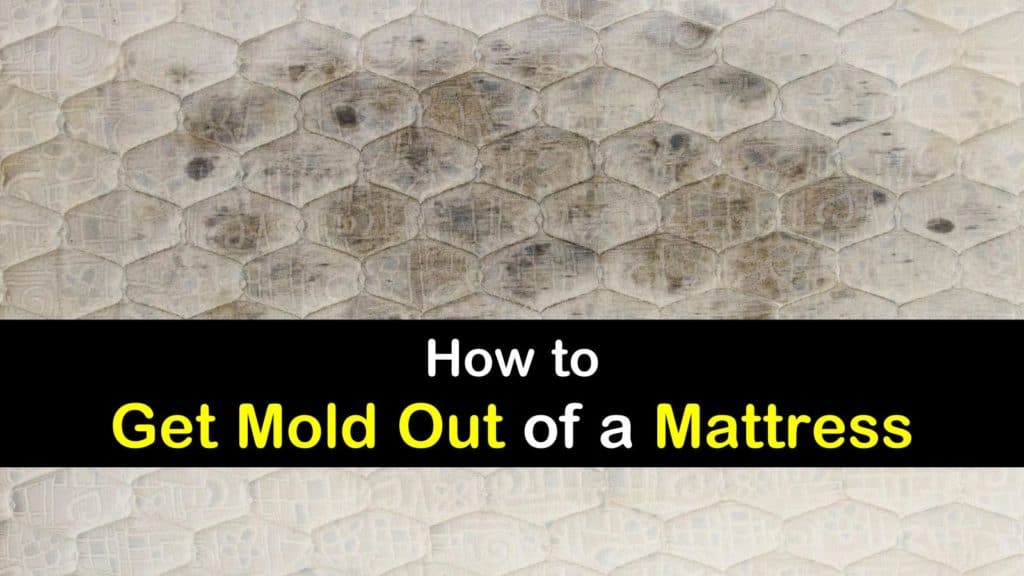
Understanding the Problem
 It's a common misconception that mold only grows in damp and dark areas such as basements or bathrooms. However, mold can also thrive in other areas of your home, including your
mattress pad
. This can be a major concern as
mold
can cause a variety of health issues, including respiratory problems, skin irritation, and allergies. Additionally, mold can also damage your mattress pad and decrease its lifespan.
It's a common misconception that mold only grows in damp and dark areas such as basements or bathrooms. However, mold can also thrive in other areas of your home, including your
mattress pad
. This can be a major concern as
mold
can cause a variety of health issues, including respiratory problems, skin irritation, and allergies. Additionally, mold can also damage your mattress pad and decrease its lifespan.
Causes of Mold on Mattress Pads
 One of the main causes of
mold growth
on mattress pads is moisture. When we sleep, our bodies naturally release sweat and oils, which can seep into the mattress pad. If not properly cleaned and dried, this can create the perfect environment for mold to grow. Other factors that can contribute to mold growth on mattress pads include high humidity levels in the room, spills or accidents on the bed, and lack of proper ventilation.
One of the main causes of
mold growth
on mattress pads is moisture. When we sleep, our bodies naturally release sweat and oils, which can seep into the mattress pad. If not properly cleaned and dried, this can create the perfect environment for mold to grow. Other factors that can contribute to mold growth on mattress pads include high humidity levels in the room, spills or accidents on the bed, and lack of proper ventilation.
Prevention and Maintenance
 The best way to prevent mold growth on your
mattress pad
is to practice regular maintenance. This includes washing your mattress pad every 1-2 weeks, using a mattress protector, and ensuring proper ventilation in your bedroom. It's also important to address any spills or accidents on the bed immediately and to allow the mattress pad to fully dry before putting it back on the bed.
If you do notice mold on your mattress pad, it's important to take action immediately. Remove the moldy pad from your bed and wash it with hot water and a mild detergent. You can also use a mixture of equal parts water and vinegar to kill any remaining mold spores. After washing, make sure to fully dry the mattress pad before putting it back on your bed.
The best way to prevent mold growth on your
mattress pad
is to practice regular maintenance. This includes washing your mattress pad every 1-2 weeks, using a mattress protector, and ensuring proper ventilation in your bedroom. It's also important to address any spills or accidents on the bed immediately and to allow the mattress pad to fully dry before putting it back on the bed.
If you do notice mold on your mattress pad, it's important to take action immediately. Remove the moldy pad from your bed and wash it with hot water and a mild detergent. You can also use a mixture of equal parts water and vinegar to kill any remaining mold spores. After washing, make sure to fully dry the mattress pad before putting it back on your bed.
Conclusion
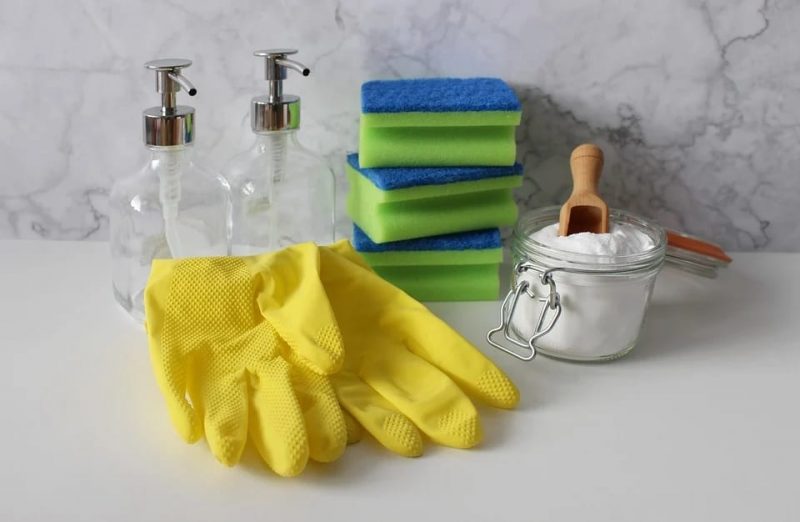 In conclusion,
mold
on mattress pads is not only unsightly but also poses potential health risks. By understanding the causes and taking preventative measures, you can ensure your mattress pad stays clean and mold-free. Regular maintenance and prompt action when mold is present can help extend the lifespan of your mattress pad and keep you and your family healthy. Remember, a little prevention goes a long way when it comes to keeping mold at bay.
In conclusion,
mold
on mattress pads is not only unsightly but also poses potential health risks. By understanding the causes and taking preventative measures, you can ensure your mattress pad stays clean and mold-free. Regular maintenance and prompt action when mold is present can help extend the lifespan of your mattress pad and keep you and your family healthy. Remember, a little prevention goes a long way when it comes to keeping mold at bay.



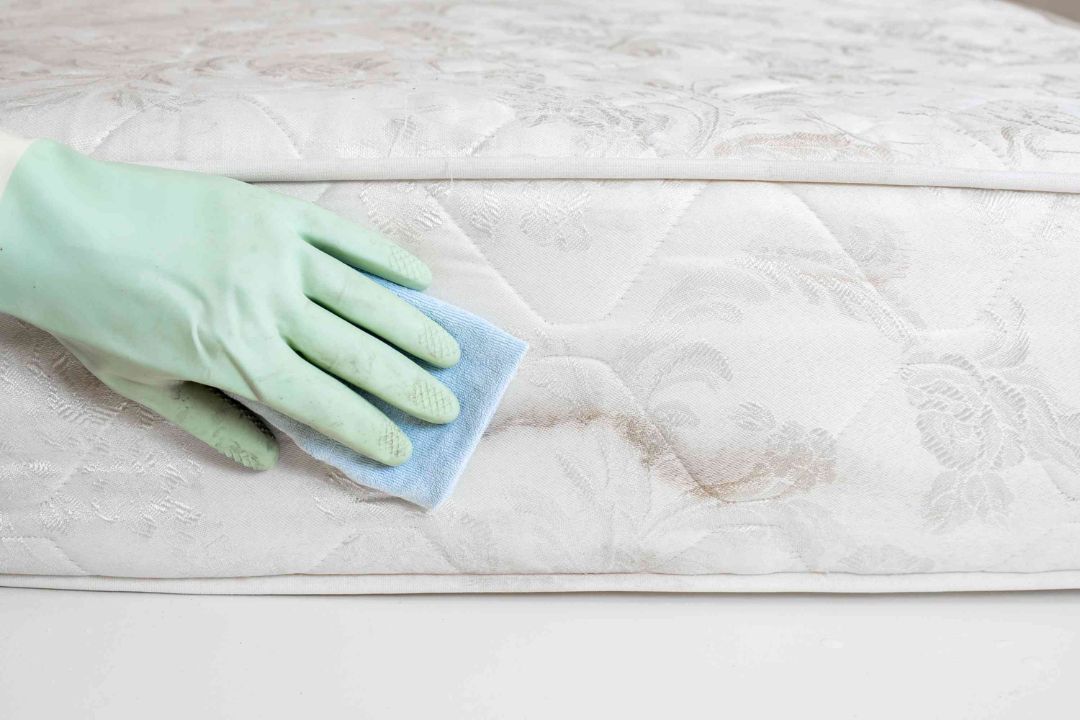
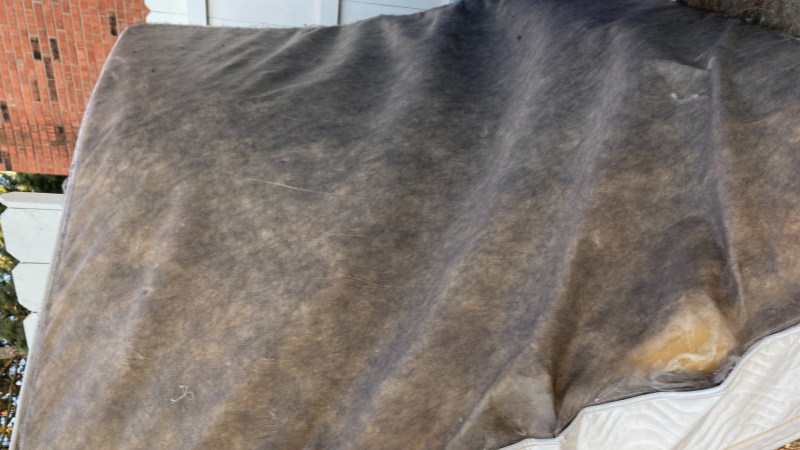

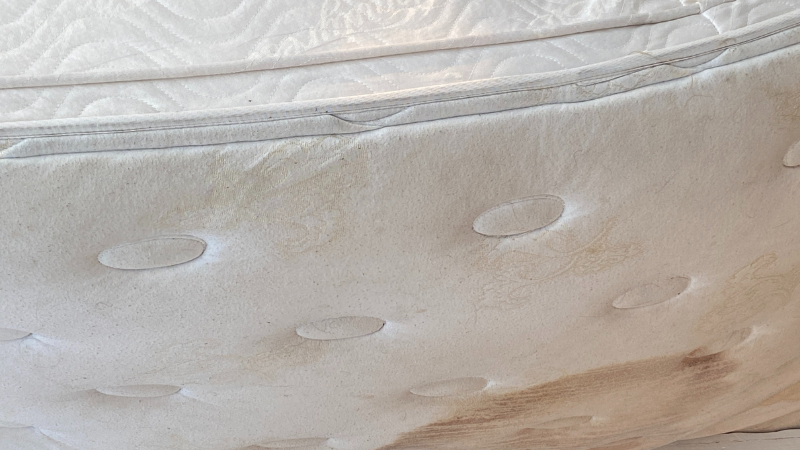













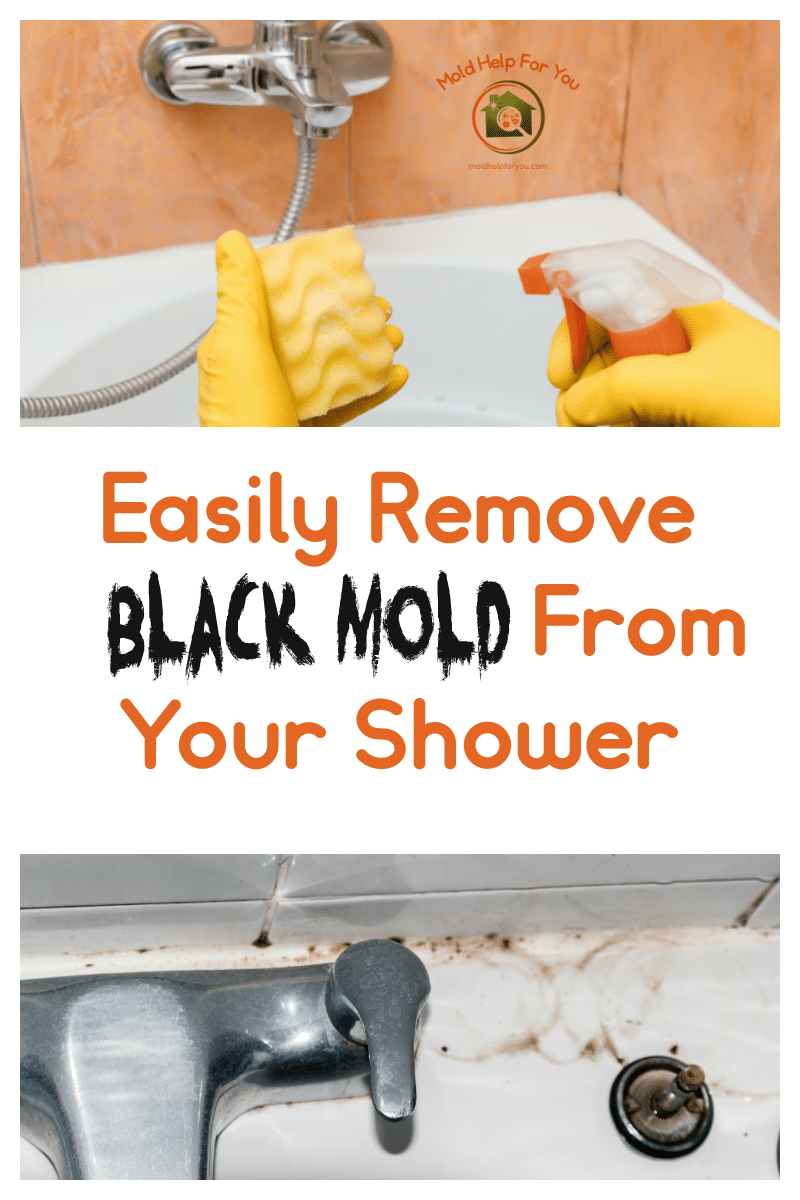




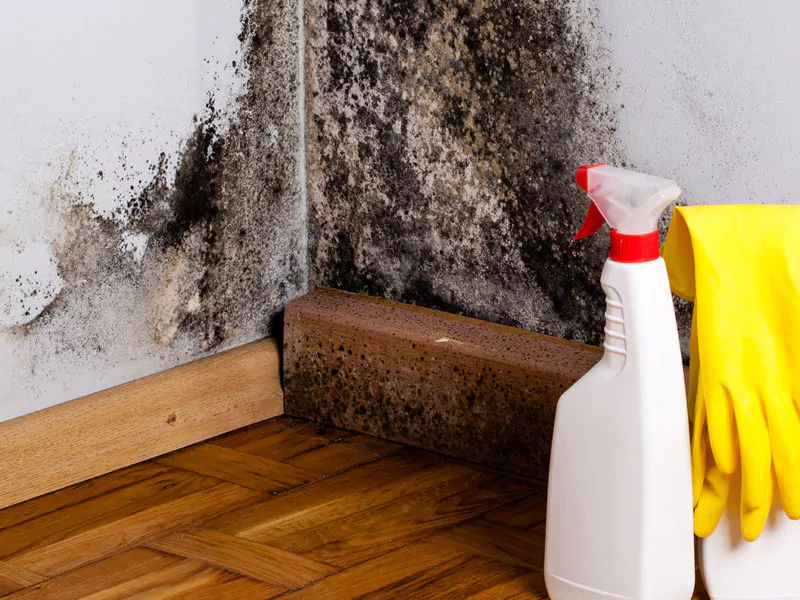
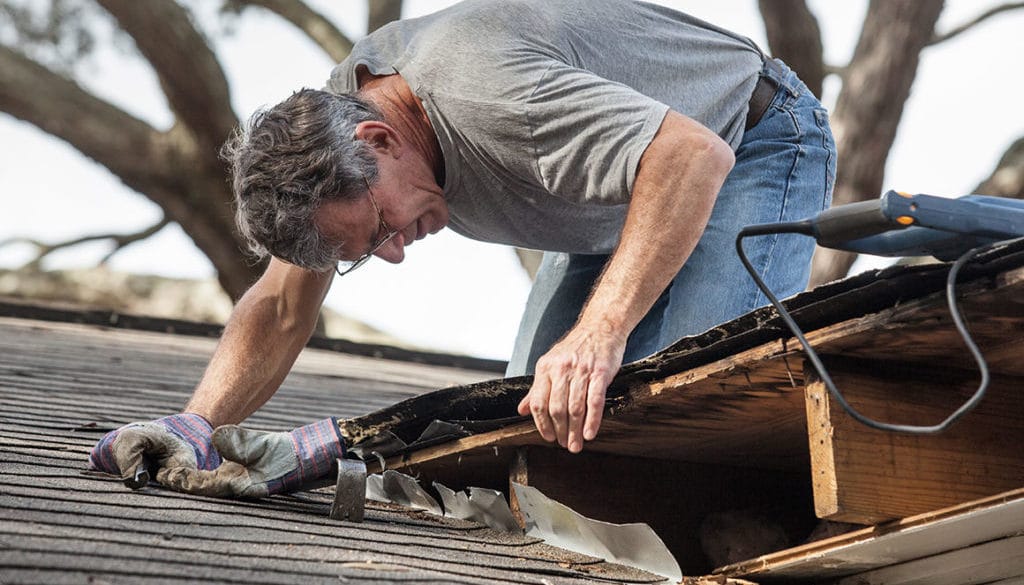



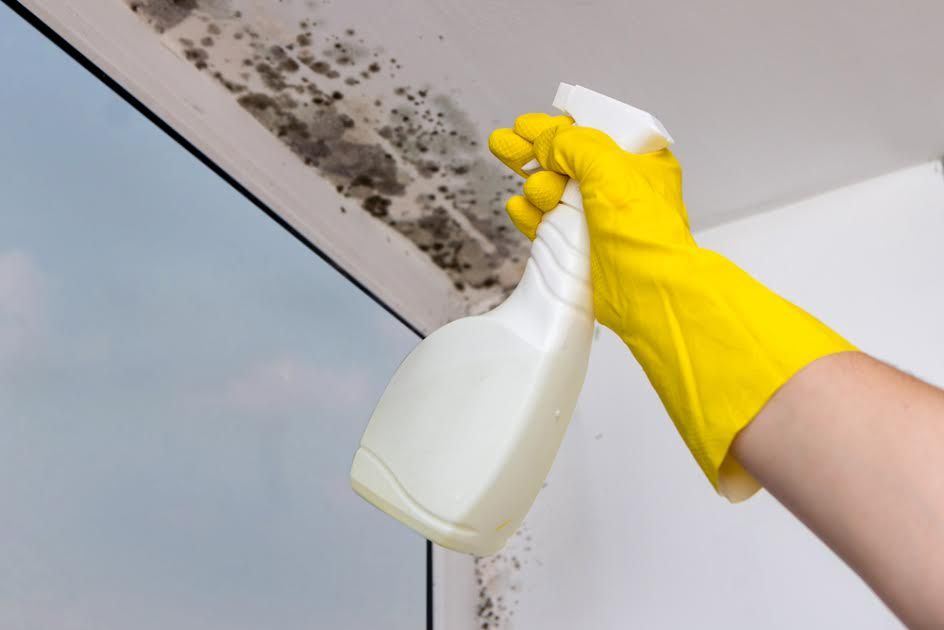




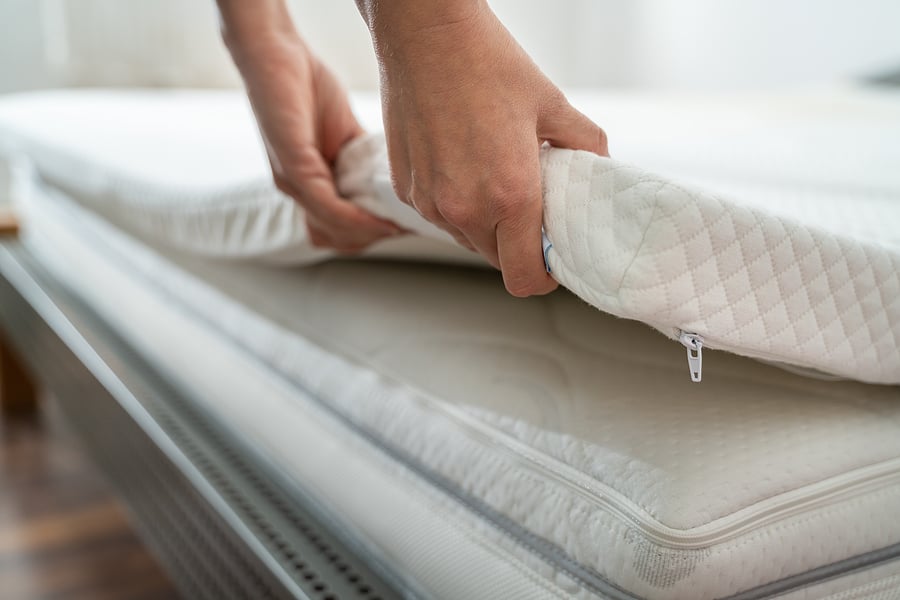

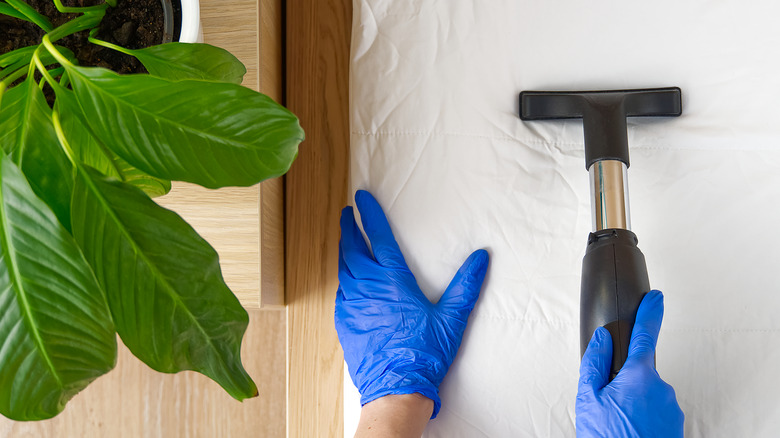
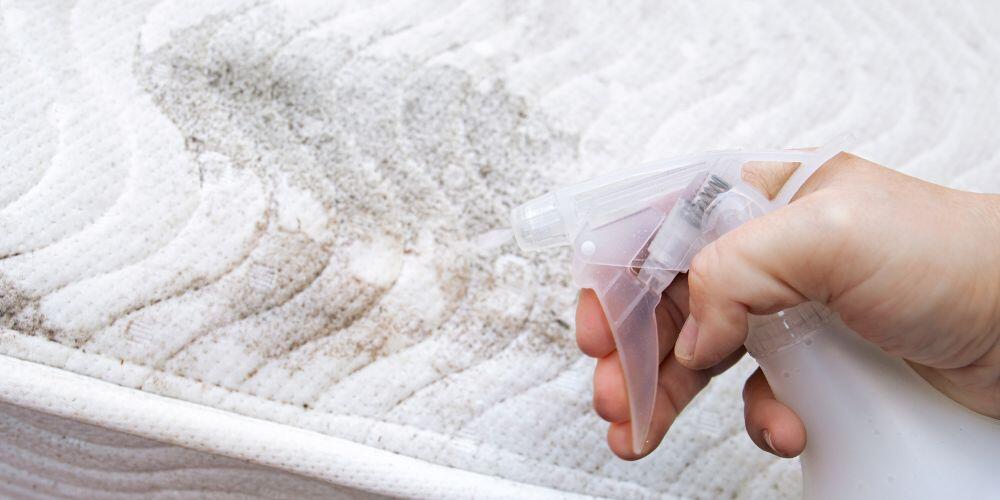

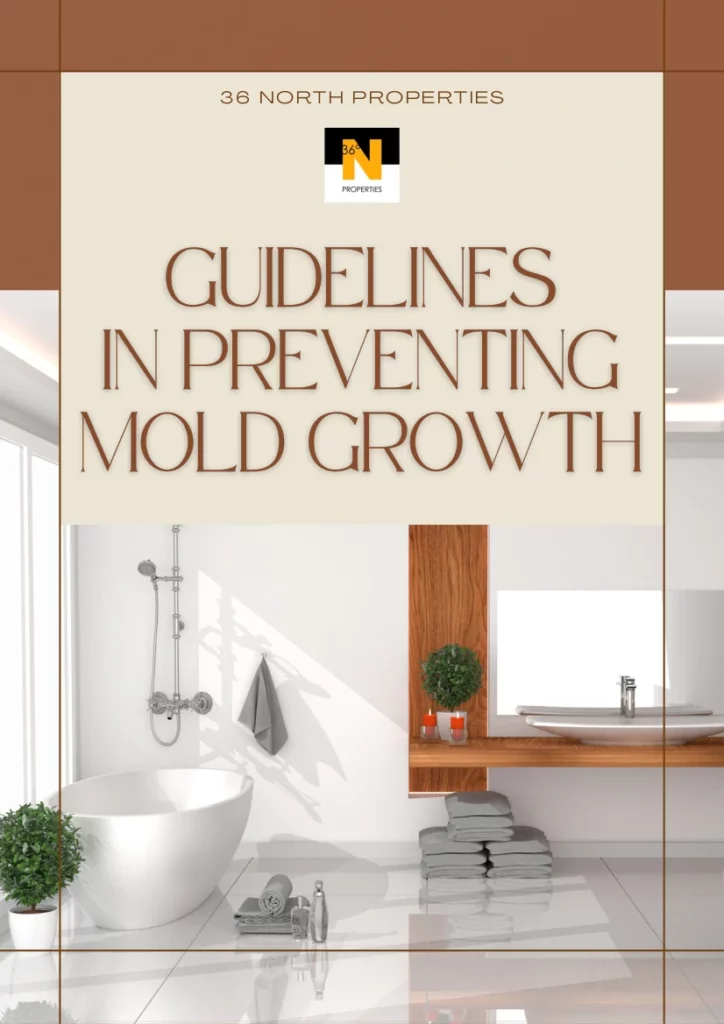


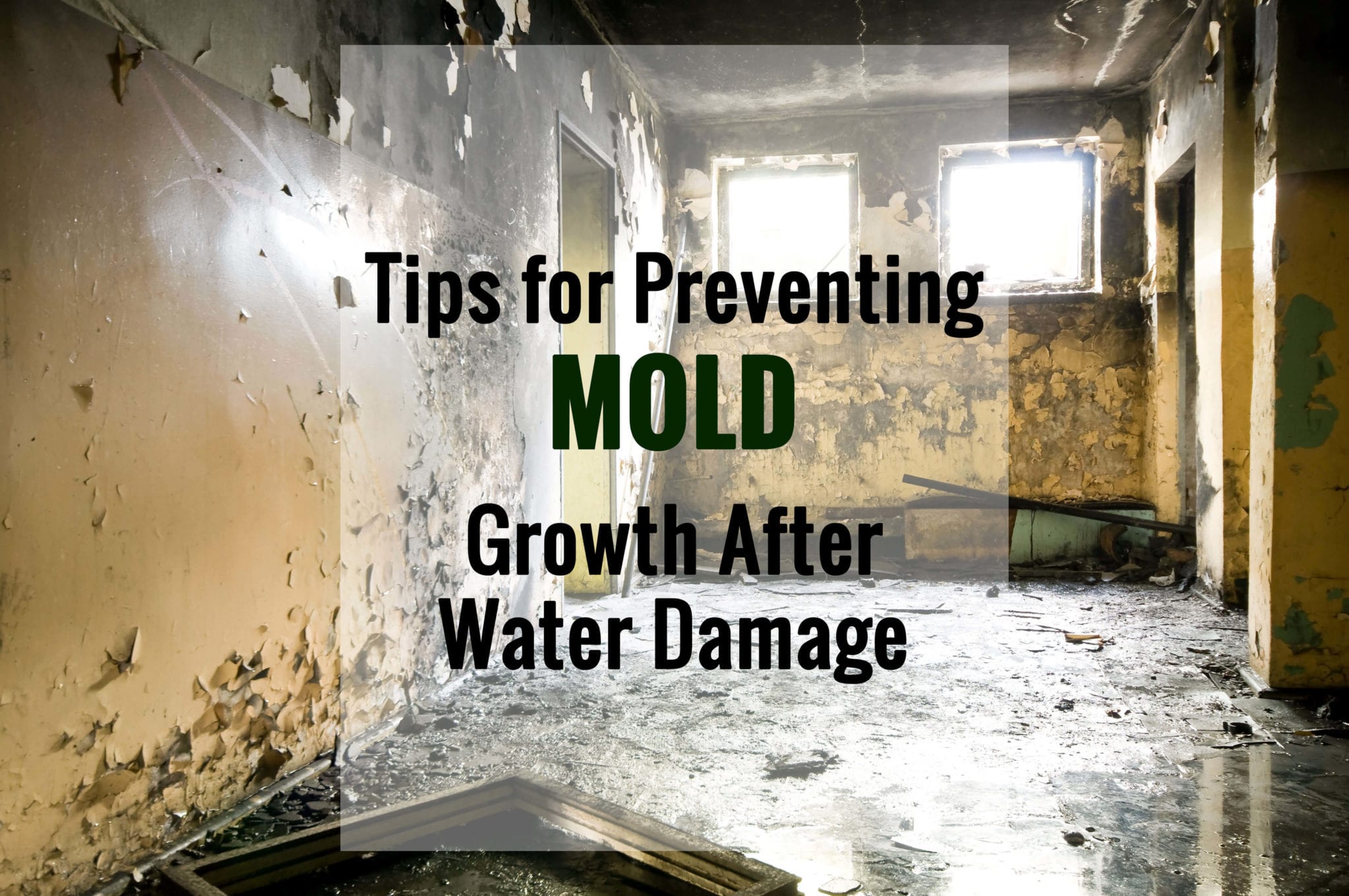






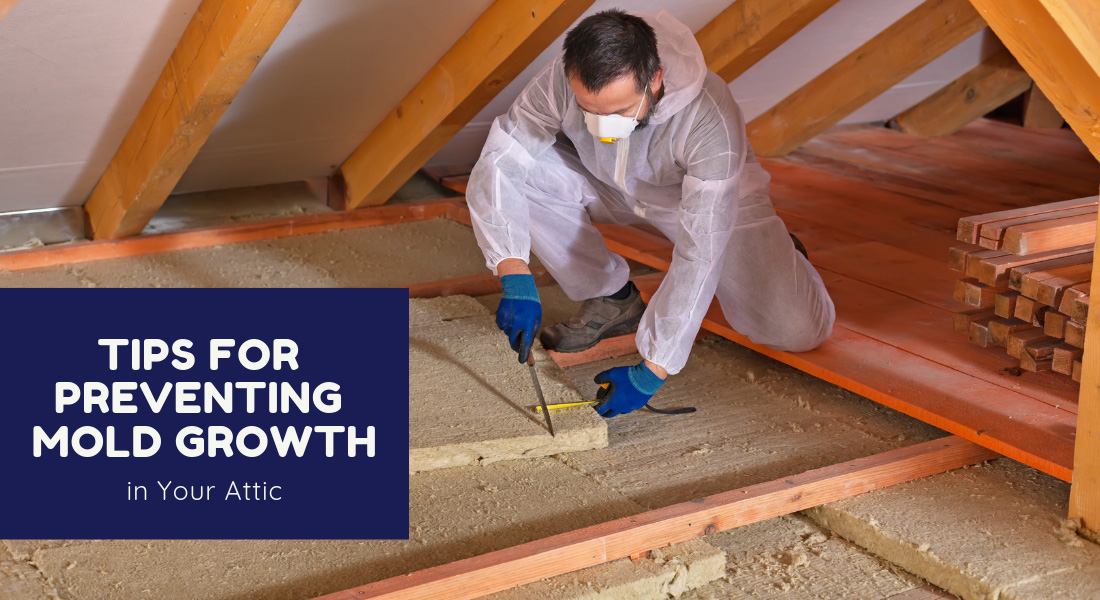
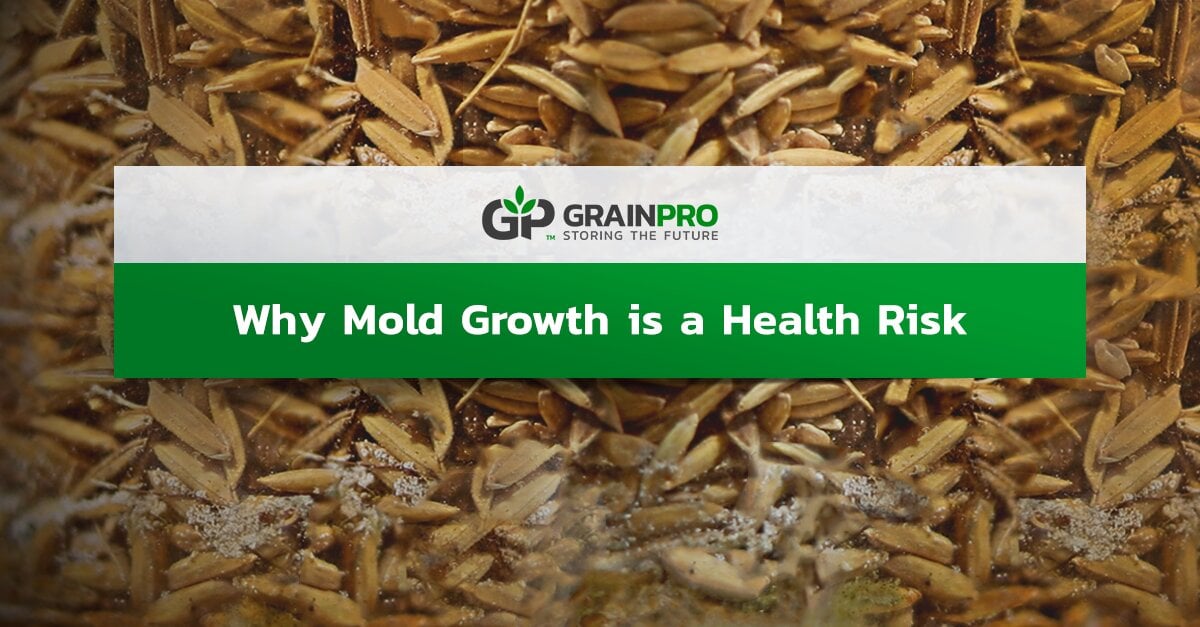




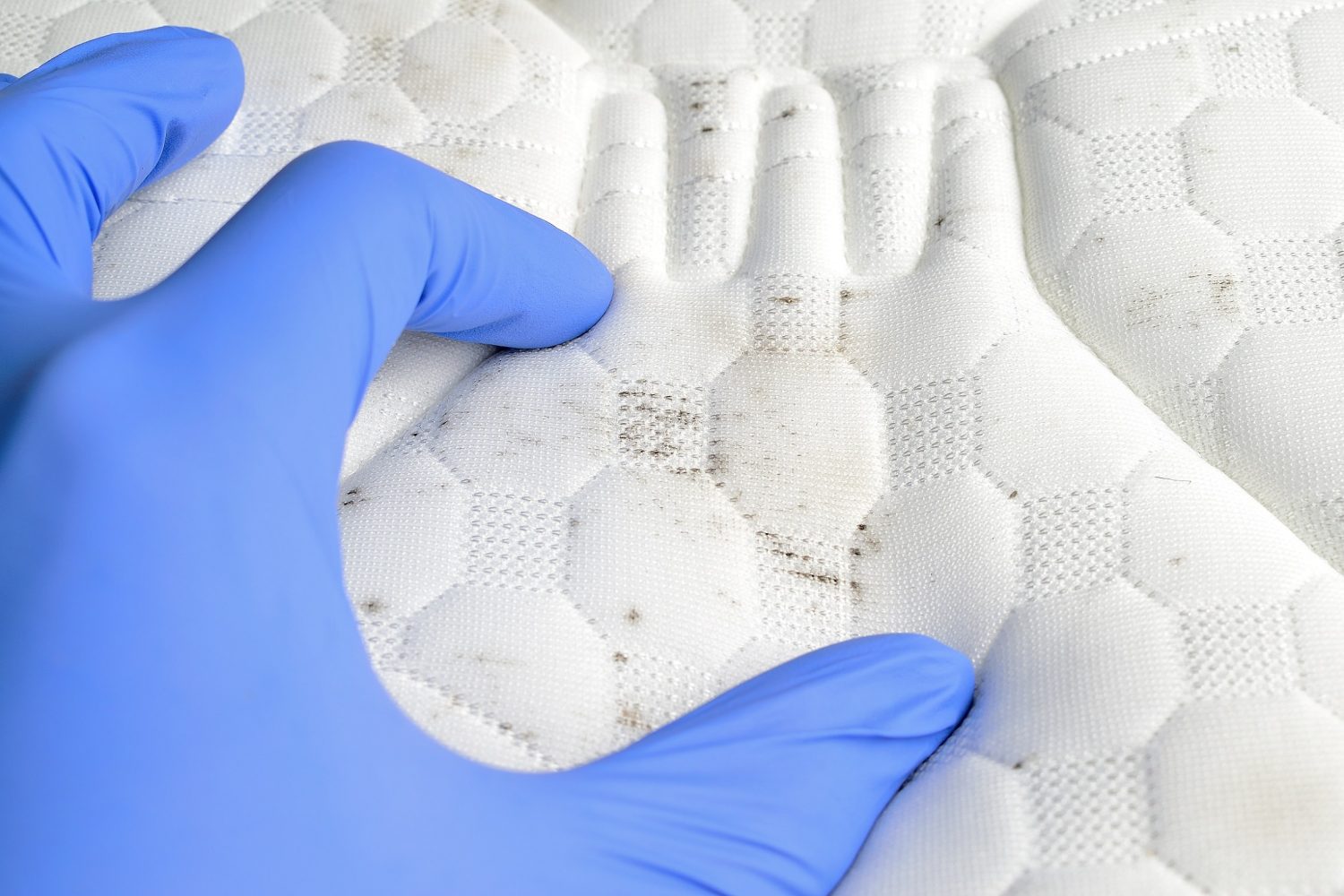



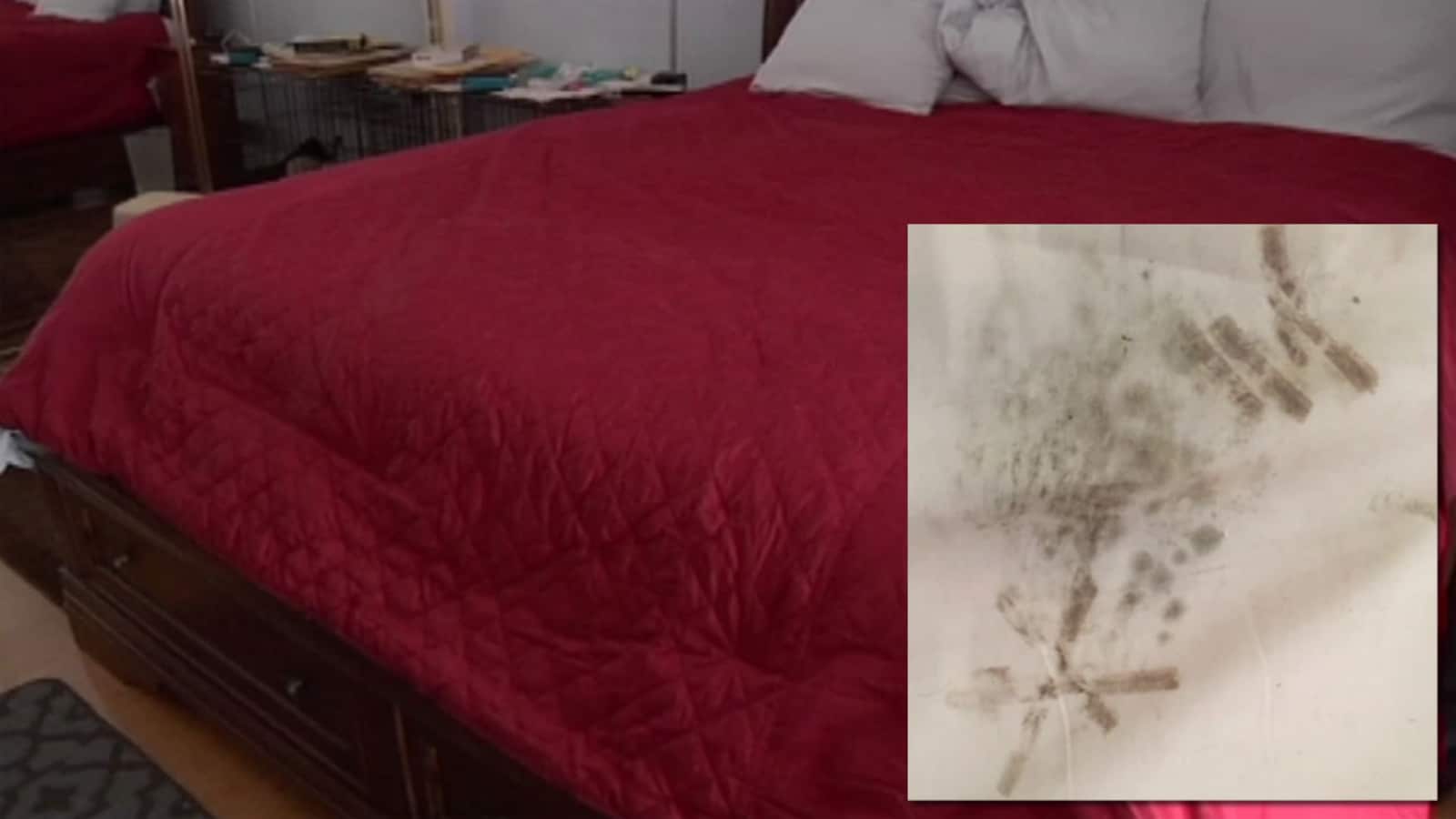



:max_bytes(150000):strip_icc()/what-are-the-symptoms-of-sleep-deprivation-3015161_color4-5b42c4ddc9e77c00374089b8.png)
